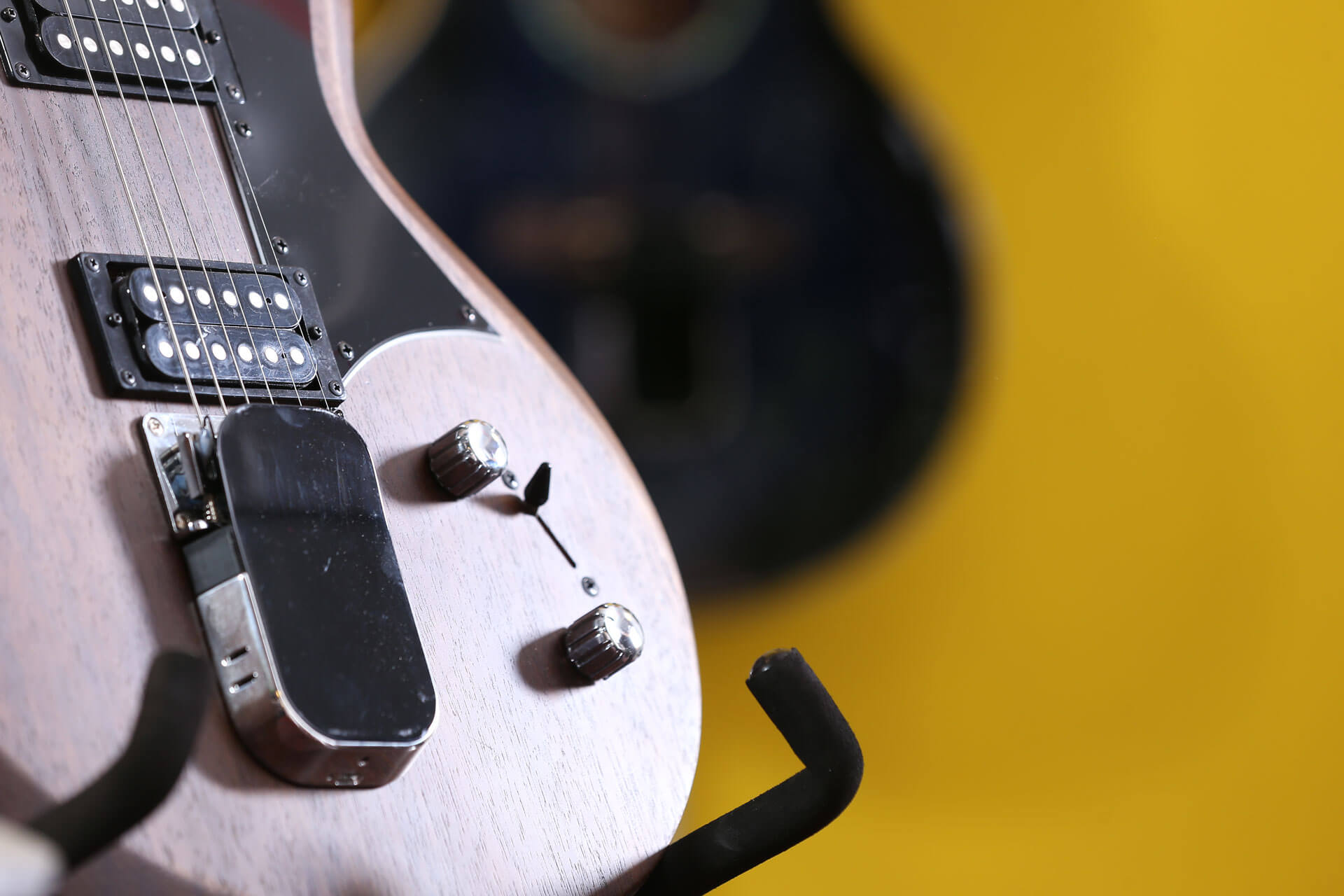


- Omb unraid setup how to#
- Omb unraid setup install#
- Omb unraid setup update#
- Omb unraid setup software#
Omb unraid setup how to#
I only recommend using MySQL with HA if you know how to use MySQL already. Home Assistant uses SQLite out of the box since it doesn't require a database server to be running. This should help keep your log files from filling up too crazy. This will only display warnings and above (so warnings and errors). This can get a little insane (especially with a lot of entities) so I recommending tuning it back using this in your configuration.yaml file: logger: Reduce Loggingīy default Home Assistant logs pretty much everything. There is also a log file called home-assistant.log in the Home Assistant config directory that will contain more lines then the quick Unraid log view. There is a log button to the far right on the docker container list in Unraid that lets you quickly view the log output of the container.
Omb unraid setup update#
Once that is done hit apply update and Unraid will handle everything from there (make sure not to close the window or dialog until it finishes otherwise it wont complete). Here is an example of what it looks like: Home Assistant under docker list when update is availableīefore applying updates it is good practice to go to the Home Assistant releases page and see if any of the updates have breaking changes that apply to us and if so fix them before updating. If an update is available it will show next to the container. If you have a database server running in a container you may want to add the TZ variable to that as well so both the database and HA are using the same timezone. You should now be able to access Home Assistant by hitting port 8123 on your Unraid server's IP. Now press apply at the bottom of the page to start the container. To fix this problem we just change the repository to homeassistant/home-assistant:stable and now we will only get stable releases. If you want to read more about the problem of using the latest tag see this link. If we do not specify a tag (or we specify the tag latest) it will always pull the latest container image created which can be images that aren't stable (dev and beta images). Next we want to specify the container to only pull the latest stable image. If you need a list of valid timezones you can easily find them on this page. To add this variable just press "Add another Path, Port, Variable, Label or Device" add the bottom of the page and fill it out like this (changing the value to whatever timezone you are in): Setting up TZ environmental variable If this variable is not defined the container will most likely use the wrong timezone (containers don't use the host system's timezone so you can pass this variable to any container to set the correct one). We want to add the environmental variable TZ to the container so that the container uses the correct timezone. This will bring up the container configuration page so you can change settings before starting.īefore you start the container there is a couple things we need to change. Now that we have Community Applications installing Home Assistant is as easy as clicking the "APPS" tab and searching Home Assistant and clicking install.
Omb unraid setup install#
If you need to install Community Applications follow the tutorial here.
Omb unraid setup software#
If you haven't installed Community Applications in Unraid I highly recommend it as it makes installing tons of software in Unraid much easier by giving you templates for various containers so you don't have to fill everything out manually. The easiest way to install Home Assistant's Docker container in Unraid is to use Community Applications. I only recommend running HA under a VM in Unraid if you have some sort of specific circumstance that requires it (I can't really think of one right now, but I am sure some people have them). For these reasons this post is focused on running HA in a container. I recommend using a Docker container because it uses less resources and is easier to maintain over the long-run (updating containers in Unraid is super easy). You can run Home Assistant in a VM or in a Docker container. I hope this post answers these questions and points people in the right direction. I've received questions about how to install Home Assistant in Unraid as well as what the best method to install it is.


 0 kommentar(er)
0 kommentar(er)
